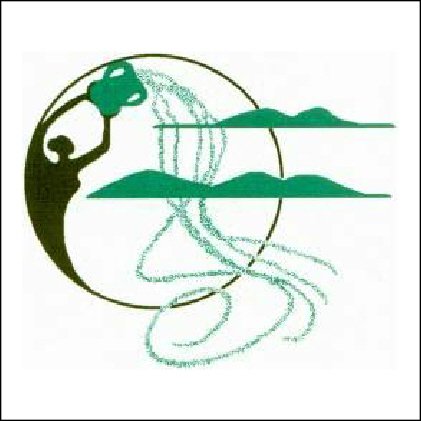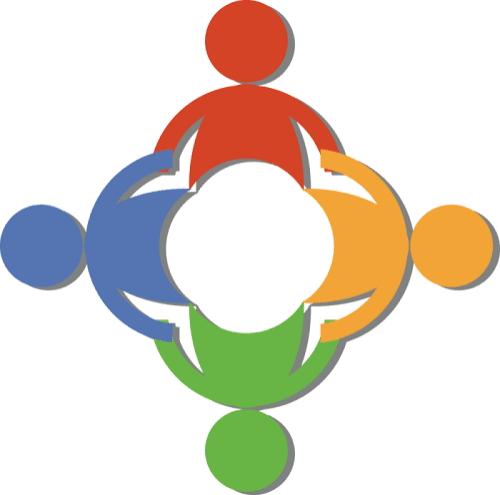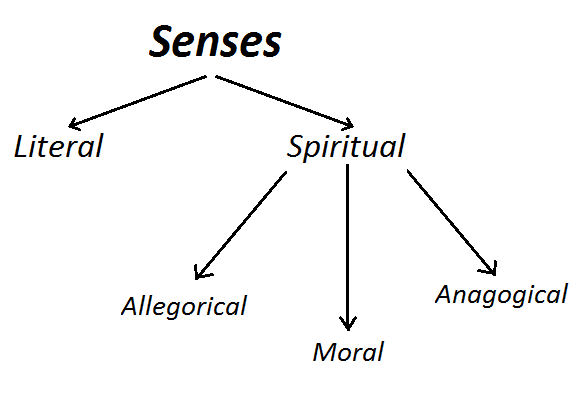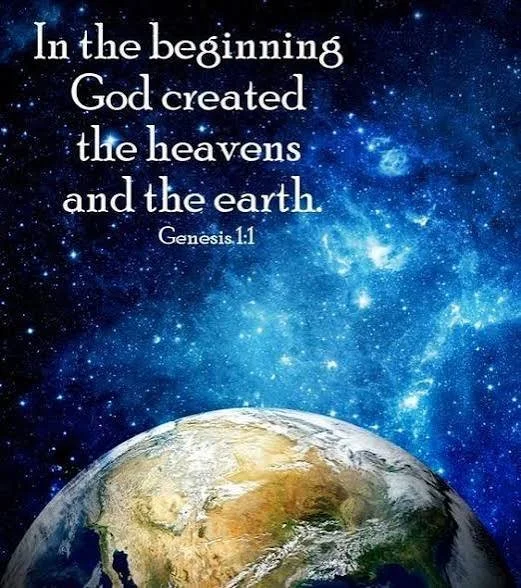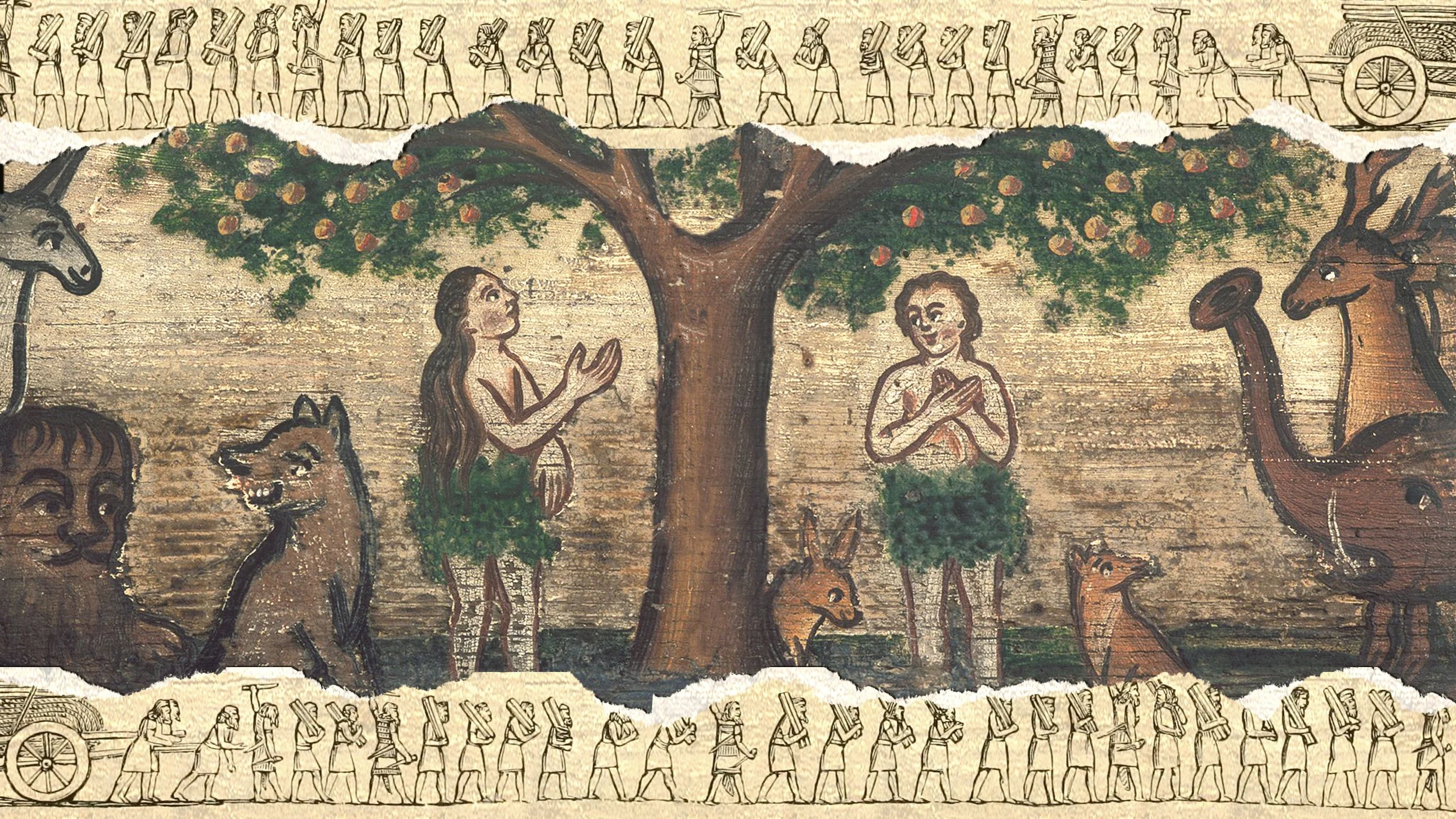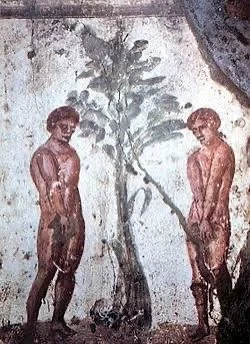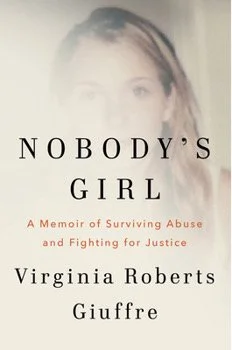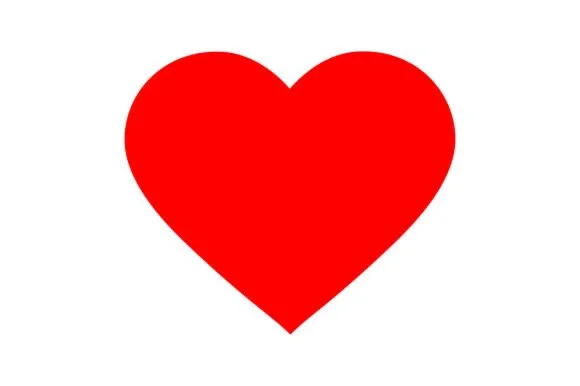~A Short Exercise in Partnerism ~
As promised, this is the addendum to my previous post: ~The Way We Were~ ❤️ Back to the Future.
My question in that post was:
How might I apply partnerism to a biblical passage?
First: A Short Recap on Defining Partnerism
Partnerism was first identified and defined by Riane Eisler, founder and president of the Center for Partnership Systems (CPS). It is a socio-economic system that values and rewards caring for one another, nature, and our collective future.
It is a system where all relationships, institutions, policies, and organizations are based on principles of equitable partnership that supports linking rather than ranking and hierarchies of actualization rather than hierarchies of domination.
Partnerism is: power with, not power over.
For more details:
rianeeisler.com - Riane Eisler’s website
centerforpartnership.org – visit for to learn more about partnership systems and initiatives.
partnerism.org – join the Partnerism Movement, a CPS initiative to accelerate the shift from Domination to Partnership Systems, to spread the word about Partnerism.
Here is my attempt at doing Partnerism:
The Creation Myth of Adam and Eve in the Hebrew Bible has caused harm to women for centuries as they have been blamed, along with Eve, for the fall of humankind.
My attempt at partnerism is to improve that situation for women by examining the Creation Myth.
Christian scripture scholars follow a biblical interpretation method called the four-fold sense of Scripture.
This method refers to four distinct ways of interpreting the bible.
— literal sense (the meaning is just as the words are stated)
and three spiritual senses:
— allegorical sense (symbolic or metaphoric)
— moral sense (ethical or moral instruction for daily life)
— anagogical sense (spiritual).
And so, my question:
How might I apply partnerism to a biblical passage?
For this exercise I will apply the allegorical sense to the story of Creation.
Hebrew Testament: Creation in the Book of Genesis
In Genesis, the first book of the Bible, there are two Creation Myths, each of which biblical scholars have determined is from a different source.
The first Creation story could be identified as being in the Partnership model.
In the first, Gen.1:1 - 2:4a, Scripture states that God created the Universe: the Earth with its foliage and creatures of the land, sea and sky.
…and then God created the human: male and female.
“And God said, ‘Let us make humankind in our image, according to our likeness:’ So God created humankind in God’s own image, in the image of God, God created them; male and female God created them.”
Gen.1: 26a-27.
The second Creation story could be identified as being in the Dominator Model.
This second Creation story, Gen. 2:4b - 3:24, is the well-known version with Adam, Eve, and the serpent.
This version requires a more detailed analysis before applying an attempt at a partnerism solution.
In this second version the woman is not created as an entity unto herself; rather she is created specifically as a helper and companion to the man.
In a clever Dominator-style reversal of the natural birth process where life emerges from the body of the female, life in this tale emerges from the body of the male (from his rib).
As the story continues, God places the humans, Adam and Eve, in a garden of paradise, the Garden of Eden—and God gives them directives.
When God sees that the humans have both been disobedient to the directives, God’s ire is aroused, and God banishes both of them from the Garden.
Significantly, however, it is the woman, Eve—and subsequently all women—who is/are blamed for the banishment whenever the story has been told.
The story continues: because of their indiscretion, God gives specific consequences to each of them. Eve’s punishment is noteworthy for women in all places and of all ages.
As the story goes, God declares to the woman that she—and henceforth all women—is destined to be subservient to her husband.
“…your desire shall be for your husband, and he shall rule over you.” —Gen. 3:16b
This second Creation story, thereby, conveniently terms women’s subservient status as “a forever after” position, and, more importantly, one that is duly ordained by God.
Women have suffered for centuries because of the prominence of this Dominator version of the Myth.
Here is my attempt at a partnerist improvement:
Theoretically, there could be a relatively easy fix for transforming the Creation story from the Dominator model to the Partnership model.
This could be accomplished—and I believe should be—by repositioning the two versions as they have been known in common parlance and popularity.
The first Creation story, with its Partnership viewpoint, could be prioritized by being brought to the forefront of our consciousness, rather than leaving it where it presently sits—hidden in the background.
The popular second story, with Adam, Eve, and the serpent, would then be moved to the background. It would become the hidden, less discussed version of Creation, whereby artistic renditions would be minimized or even eliminated.
Attempting such a transition would, of course, bring rebuttal.
The rebuttal most likely would not be due merely to the Dominator version being so familiar to us—in addition to its being one that plays a significant religious role.
The rebuttal would mostly be due to the fact that the pattern of the Adam and Eve story has worked for ages as an assist to keeping women in a state of guilt and subordination.
The second Creation story would probably not be one that our present Dominator society would easily relinquish to the background.
My proposal is not new.
It is the preferred method in Level Two of the Montessori-based Christian religious formation program, the Catechesis of the Good Shepherd (CGS)—a worldwide program of biblical and liturgical instruction designed in three distinct levels for children ages three to twelve.
This form of catechesis was originally envisioned by Maria Montessori and developed by Sofia Cavaletti in Rome, Italy in the mid-twentieth century. In its Level Two segment, for children ages six to nine, only the first Creation story is presented to the children.
The second Creation story, the Myth of Adam and Eve, is presented later on to older children when they enter Level Three, which is designed for ages nine to twelve.
As a catechist trained in CGS, when I presented the first Creation story to my Level Two children this past Sunday, I was pleased that the words my seven- and eight-year old girls and boys heard and read were:
“God created them in God’s image, male and female God created them.”
Do you have a story—or a suggestion—about a way of applying partnerism to a situation, an event, or perhaps a tale?
We would love to hear about it, if you do, as we may all benefit from learning of everyday ways of bringing in a Partnership world.
Please send your ideas or examples to info@cwed.org
C:WED’s New Section:
WOMEN SPEAK OUT.
BELIEVE THE WOMEN.
Listen! Hear! Believe!
REMEMBER THE SURVIVORS:
—WHO ARE TODAY’S WOMEN
—SOME OF WHOM WERE YESTERDAY’S GIRLS
—WHO WERE THE CHILDREN OF THE ABUSE.
Missing from governmental discussions of the Epstein/Maxwell pedophile and trafficking of girls and women story have been the voices of the survivors. WE WILL HIGHLIGHT ONE SURVIVOR IN EACH POST.
TODAY’S FEATURED SURVIVOR: JENNIFER ARAOZ
Jennifer Araoz says she was14 years old when a young woman approached her outside her New York City high school in the fall of 2001 recruiting her to provide sexual massages to a wealthy financier.
The woman was friendly and curious, asking her personal questions about her family, her upbringing, their finances. Soon she began talking to Jennifer about a man she knew who was kind and wealthy and lived nearby.
His name, the woman said, was Jeffrey Epstein.
Araoz's account adds a new dimension to the criminal conviction of Epstein: a young girl being recruited outside a New York City school to perform sexual favors for him.
________________________
NEWS: New allegations from Epstein accuser Virginia Giuffre in her posthumous memoir
From NPR, October 21, 2025
Virginia Giuffre’s posthumous memoir recounts abuse by Epstein, Maxwell and others.
Virginia Roberts Giuffre survived abuse at the hands of Epstein, Ghislaine Maxwell, and a number of powerful men. Giuffre died by suicide earlier this year. But before her death, she wrote a memoir called “Nobody’s Girl: A Memoir of Surviving Abuse and Fighting for Justice," which was just released this week: on October 21st.
IN YOUR OWN WORDS:
Previous Post: “The #Me Too Movement And Beyond” Written by Anne Andersson, May 13, 2025
—the voice cwed.org gives to women
Hi As someone who deeply cares about women’s rights and who has personally seen how unsafe the world can feel for women, it's struck me hard that in 2025, women still face violence and harassment every single day in many places. This danger has become so “normal” that it often goes unreported.
Reading this research about women’s safety worldwide hit me hard, but it also gave me hope that awareness can lead to change:
https://www.safetydetectives.com/blog/womens-safety-research/
Your piece,
[The #Me Too Movement And Beyond]
https://cwed.org/blog/the-metoo-movement-mini-series-part-two
also gave me strength, showing that more of us are raising our voices. Since both touched me deeply, I wanted to suggest adding this resource to your article. Will you consider it? Thank you for all the heart you put into your work; it truly matters. ❤️ Warmly, Isabelle
—Isabelle’s followup message:
The resource I mentioned is from SafetyDetectives.com, a respected online privacy and security website that also publishes research on global safety and awareness topics, including this piece on women’s safety.
I thought it might be a meaningful addition to your site, as your work at The Center for Women, the Earth, and the Divine strongly aligns with the message of protection and empowerment.
C:WED WISH LIST:
This post completes our in-depth study of Ecofeminism, which we began in February 2025.
Once again: Thank you so very much for traveling with us!
Going forward, we will revert to a more leisurely publishing time frame, that is, posting on a variety of short topics as they arise.
We will cover more general topics of choice while remaining within our framework of Women, the Earth, and the Divine.
Perhaps you might suggest a topic for the C:WED blog.
We would love to hear from you!
—Please do send your suggestions to: info@cwed.org
We thank those who have already suggested topics!
—PLEASE keep reading our posts! Share their views.
—PLEASE spread the word about us!
Share our website with your friends, relatives, and colleagues: www.cwed.org
